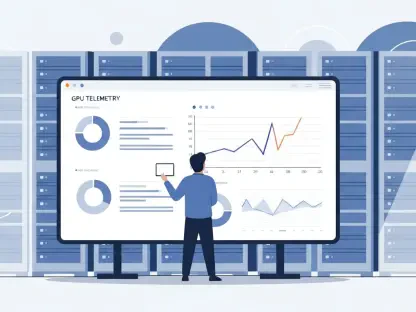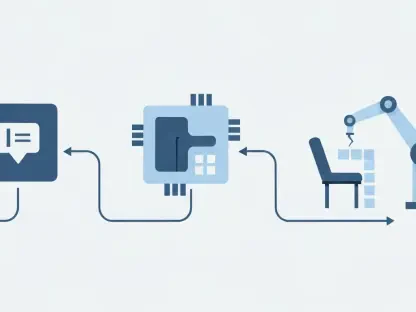The Unexpected Evolution of Coding
Imagine a world where coding is driven by intuition and the synergy between human creativity and artificial intelligence. Traditional paradigms of software development are experiencing a seismic shift, where engineers no longer laboriously piece together intricate code for weeks or months on end. Instead, they increasingly rely on AI to streamline, enhance, and even inspire their programming efforts. As this transformation unfolds, a provocative question emerges: Is vibe coding the future of software engineering?
Why Vibe Coding Matters
The integration of artificial intelligence into software engineering is not just a trend but a necessary evolution driven by industry demands. As businesses seek faster and more adaptable development cycles, the complexity of software solutions continues to escalate. Developers must handle sophisticated algorithms, intricate interfaces, and ever-expanding datasets, pushing them to adopt innovative approaches. Vibe coding, a concept popularized by Andrej Karpathy, addresses these needs by merging intuition-led programming with AI assistance, promising to revolutionize the coding landscape.
The Mechanics of Vibe Coding
Vibe coding is founded on the principles of intuition and AI collaboration, where developers “embrace the vibes” of coding without getting bogged down by the intricacies of syntax. This methodology leverages AI-generated code to facilitate rapid development and problem-solving. One of the most notable proponents, Andrej Karpathy, co-founder of OpenAI, has significantly influenced this paradigm through his viral posts. By utilizing large language models, Karpathy has demonstrated successful implementations, revitalizing personal and professional projects, ranging from website revamps to developing intricate applications with minimal prior knowledge of required programming languages.
Real-World Applications and Success Stories
Prasad Naik’s journey exemplifies the transformative power of vibe coding. A mechanical engineer, Naik converted an outdated iPad app, originally built with C, into a modern JavaScript web app in just two hours, primarily relying on ChatGPT. This conversion was significantly quicker than the month-long development of the original app. Another engineer, Jason Touleyrou, deployed AI for rapid prototyping and proof-of-concept projects. Utilizing AI, he developed a coffee tracking tool via previously unfamiliar Google Cloud services. Both examples highlight how vibe coding enables unprecedented speed and flexibility in development cycles.
Expert Insights and Balanced Perspectives
While the enthusiasm for vibe coding is palpable, seasoned experts offer critical insights, emphasizing a balanced approach. Taher Vohra, with 25 years in software engineering, tested the core philosophy of vibe coding and found that specifying tasks for AI often required greater effort than manually coding them. He advocates for AI to be an augmentation tool rather than a substitute, advising that developers maintain an understanding of the code to ensure its reliability. Vohra, Karpathy, and Naik collectively stress the necessity of human oversight in AI-assisted coding, underscoring that while AI can expedite development, the foundational skills of programming must not be overlooked.
Practical Strategies for Embracing Vibe Coding
For those seeking to integrate vibe coding into professional workflows, several strategies can enhance this transition. Begin by routinely cross-verifying AI-generated outputs to ensure quality and accuracy. Encourage continuous learning through experimenting with advanced AI tools to broaden programming skills. As developers gain familiarity, leveraging AI for rapid prototyping and iterative development can accelerate the transition from front-end to full-stack roles within months rather than years. Maintaining a balance between intuition-led code generation and meticulous oversight will ensure that high standards of code quality remain uncompromised.
Conclusively, vibe coding has showcased the potential to dramatically boost productivity, reduce learning curves, and foster rapid innovation in software engineering. These insights signal a promising horizon for developers willing to embrace this evolution while ensuring they retain a comprehensive grasp on coding fundamentals.









